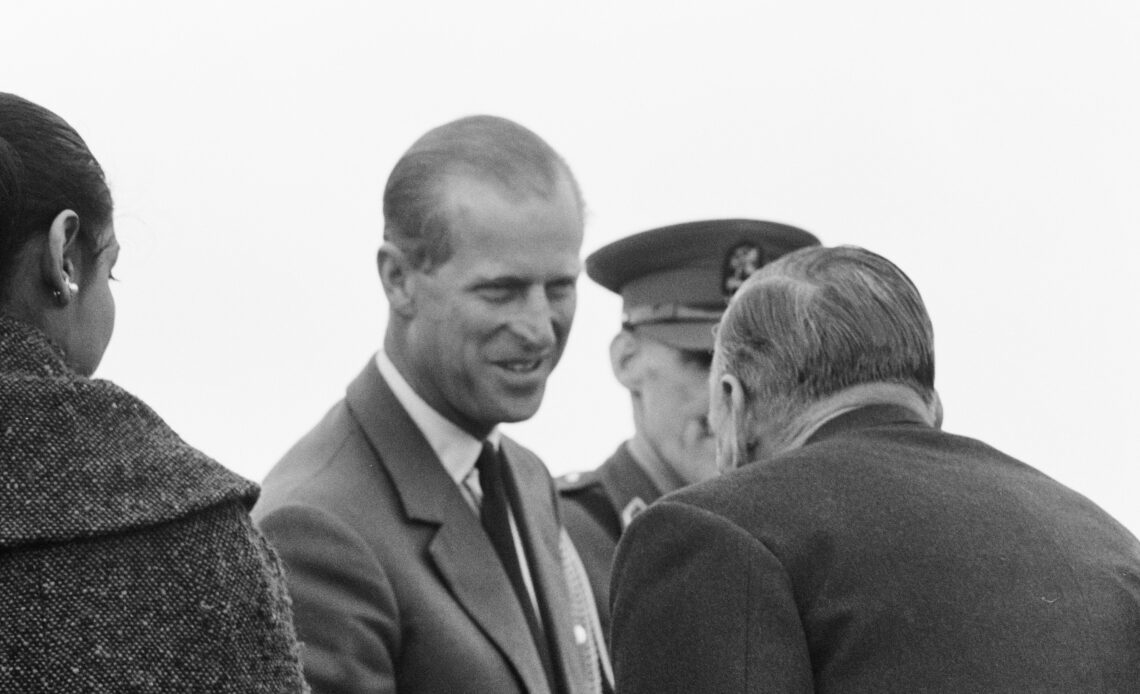
The Duke of Edinburgh served in the Royal Navy during the Second World War, and during that time, he found himself in a place that he was never meant to be: Tokyo Bay on VJ (Victory over Japan) Day in 1945.
Just before midnight on 9 August, Japanese Emperor Hirohito convened the Supreme War Council. After a long debate and a proposal by Prime Minister Suzuki, Japan eventually accepted the Potsdam Declaration. The Potsdam Declaration was an ultimatum issued by the United States, Great Britain, and China. Issued on 26 July 1945, the declaration called for the unconditional surrender of Japan. Japan surrendered on 15 August, which is now known as Victory over Japan Day. However, the surrender was not formally signed until 2 September.
“Being in Tokyo Bay with the surrender ceremony taking place in a battleship which was, what, 200 yards away and you could see what was going on with a pair of binoculars. It was a great relief,” he said.
In a 1995 interview with Richard Astbury, the Duke spoke about sailing from Guam to re-join the American fleet off of Japan which the British Pacific Fleet formed one task group out of six. The small party was formed of the Fleet Commander. The party of six destroyers and two battleships anchored the destroyer HMS Whelp in Sagami Bay upon arrival. Being one of the youngest first lieutenants, Philip was posted to HMS Whelp at the time, a brand-new destroyer. The vessel was escorting the USS Missouri when the surrender took place.
The Duke of Edinburgh once remarked: “We hung about there until the second bomb was dropped and then it was announced that the Japanese decided to cease hostilities – they didn’t actually surrender [on 14 August]. You could see what was going on with a pair of binoculars.”
One of the final jobs the Duke would carry out during the war while on Whelp was to escort prisoners of war from Tokyo Bay. A several-day process, the Duke said its an experience that was very emotional. At one point, Philip would join his fellow soldiers and the liberated prisoners in the boat’s mess hall for tea.
“These people were naval people – they hadn’t been in a naval atmosphere for three or four years, sometimes longer. Our ship’s company recognised that they were also fellow sailors, so we gave them a cup of tea. They just sat there, both sides, our own and them, tears pouring down their cheeks,” said the Duke.
“They really couldn’t speak, it was the most extraordinary sensation. It affected everybody.”
Knowing the war was over, the Duke said it was a “wonderful feeling and a great relief ... From there, we went on to Hong Kong and the most extraordinary sensation when we sailed, we suddenly realised we didn’t have to darken ship anymore, we didn’t have to close all the scuttles, we didn’t have to turn the lights out.
“We actually stopped in the South China Sea and piped hands to bathe…[you] couldn’t imagine doing that in the Mediterranean, when the heat was on, you couldn’t do anything like that. Suddenly, all these little things built up to suddenly feeling that life was different.”
The Duke’s naval veteran status will play a role at his funeral. According to Buckingham Palace, the Duke’s naval cap and sword will lay on his casket alongside his personal royal standard and a wreath of flowers.

